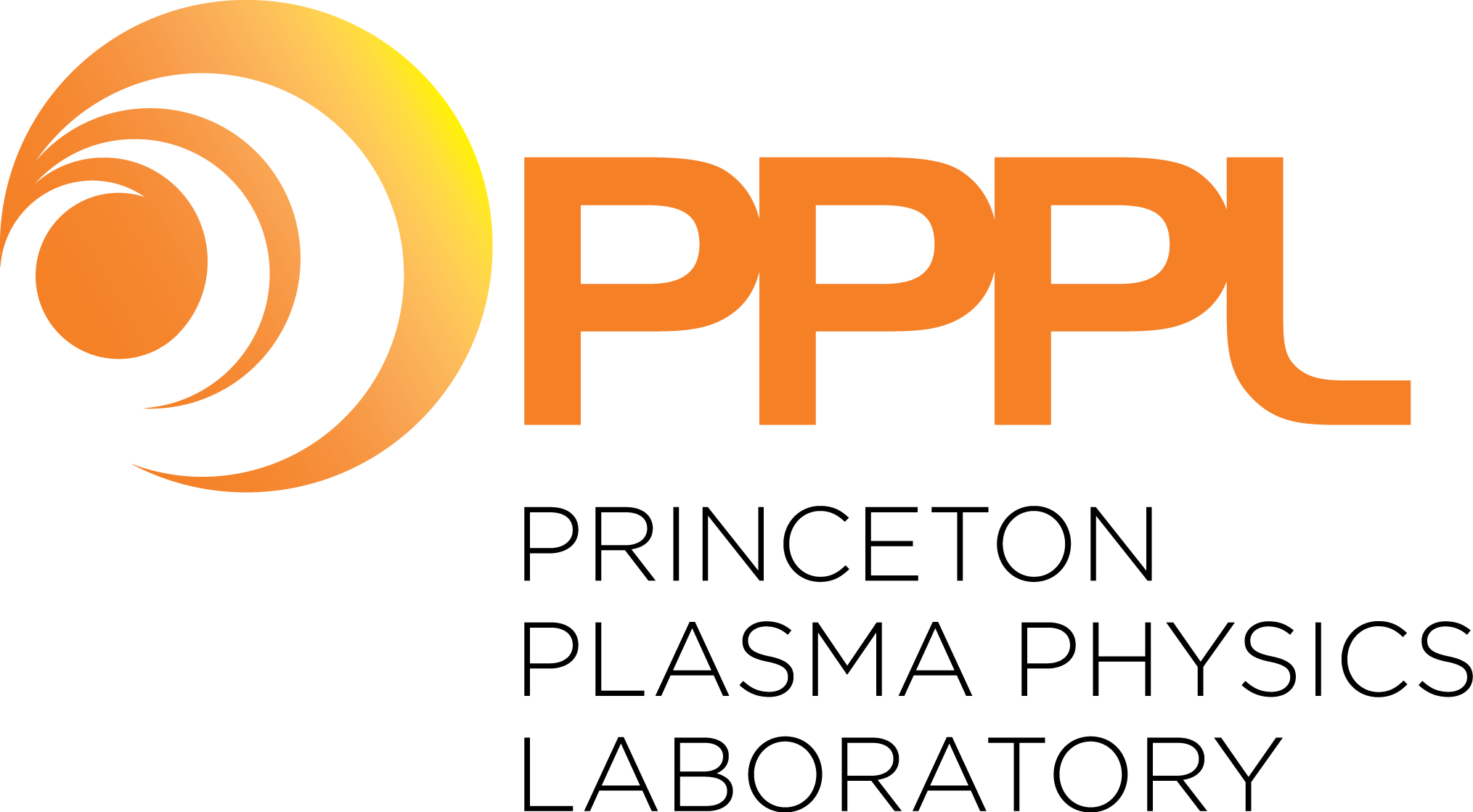PPPL: A Collaborative National Center for Fusion & Plasma Research
The twisty plasma fusion device known as the stellarator was first envisioned by Lyman Spitzer, the founder of the Princeton Plasma Physics Laboratory (PPPL), 70 years ago as a way to harness the energy of the stars in a bottle. Now, the concept of using stellarators as a clean, affordable and abundant way to produce electricity is making a comeback, physicist David Gates said at PPPL’s first Ronald E. Hatcher Science on Saturday lecture of the year on Jan. 9.
More than 300 people from New Jersey and around the world, including Japan, Germany, and France, attended the virtual lecture, which was the first time a Science on Saturday event was held online. The lecture series honors Ronald E. Hatcher, the late PPPL engineer who organized and unofficially hosted the series for more than 20 years. The series is funded by the U.S. Department of Energy (DOE) Office of Fusion Energy Sciences.
The public can register here(link is external) for the lectures, and once registered, can use the same link to join all of the lectures.
“This is our 37th year,” said Andrew Zwicker, head of Communications and Public Outreach, who hosts the program. “I consider you in so many ways to be part of my scientific family. It’s just tremendous to be with people who are curious about the world around us and with people who are curious about science in the world.”
Organizing the series is Deedee Ortiz, Science Education program manager. “I was excited that the crowd was just as big online as it is usually on site,” Ortiz said. “Having our own David Gates kick off the series was a perfect way to show we’re back and ready for the new season of lectures.”
The Jan. 9 lecture focused on “How to recognize AI snake oil,” by Arvind Naryanan, of Princeton University. On Jan. 16, Geeta Govindarajoo, of Rutgers Uniersity, discussed the role of chemistry in creating and restoring art and in art forgeries. If you missed a lecture, you can watch it on the Science on Saturday archives. Lectures are usually posted within a week.
The next Science on Saturday lecture on Jan. 30 from 9:30 to 11 a.m. will be “From studying the Sun, to searching for dark matter, to fighting COVID-19,” by Christian Galbiati, a professor of physics at Princeton University.
In his lecture, Gates explained that stellarators are one model of a device to generate electricity through fusion energy. Gates said fusion energy has several advantages. It is fueled by the deuterium in seawater and tritium, isotopes of hydrogen, which could make it abundant. Gates noted that fusion energy does not produce carbon dioxide, which is linked to climate change, and would not result in long-term radioactive waste.
“A soup of electrons and ions”
Fusion energy is fueled by plasma, a “soup of electrons and atomic nuclei,” Gates explained. Since charged nuclei typically repel each other, they must be heated to very high 100 million degree temperatures in order for fusion to occur. The challenge is to keep these hot energetic particles confined in one space long enough to make them fuse, Gates said. Researchers at PPPL use magnets to create a magnetic field that will trap the charged particles in a process called magnetic confinement.
Stellarators contain the plasma with twisted magnets on the outside of the vacuum vessel where the plasma is produced, Gates explained.
Stellarators remained the focus of fusion research in the U.S. until fusion researchers from around the world gathered for the Atoms for Peace Conference in 1958, Gates said. It was there, that Russian researchers presented their results from a doughnut-shaped device called a “tokamak” that outperformed the stellarator. A team of British physicists traveled to Moscow and confirmed the Russians’ claims and U.S. research began to focus on tokamaks rather than stellarators.
For stellarators to be effective fusion devices they must confine the plasma particles as effectively as tokamaks. One of the researchers addressing this problem was PPPL physicist Allen Boozer, then the head of the PPPL Theory Department, in 1983. He, along with Jürgen Nührenberg, of the Max Planck Institute, received the 2010 Hannes Alfvén Prize for their research, which was among many contributions leading to new models for stellarators.
Now researchers are renewing their focus on stellarators, most notably with the Wendelstein 7-X experiment (W7-X) in Germany, a large superconducting stellarator that has produced some results comparable to tokamaks. Stellarators have some advantages over tokamaks because they are inherently steady-state because nearly all of the confining fields come from external magnets.
Simplifying the design of stellarators
Scientists are now focusing on simplifying the design of the stellarator. Researchers at PPPL recently received a $4 million grant from the DOE’s Advanced Research Program-Energy (ARPA-E) to design and develop permanent magnets for this purpose.
“Stellarators have made a comeback,” Gates said. “I don’t think there’s any question anymore that these concepts of how to optimize the confinement are right. We’re moving ahead with radically simpler construction ideas.”

